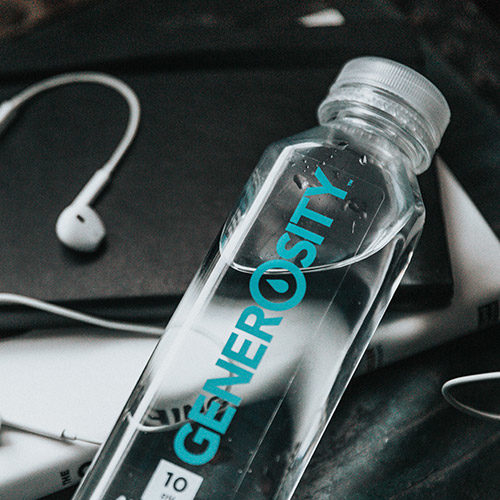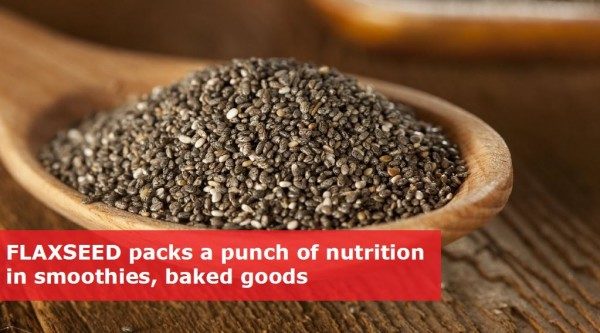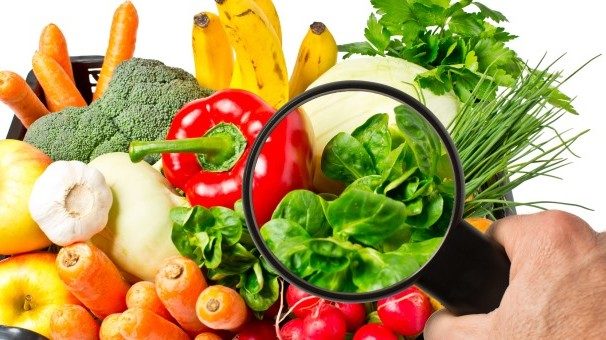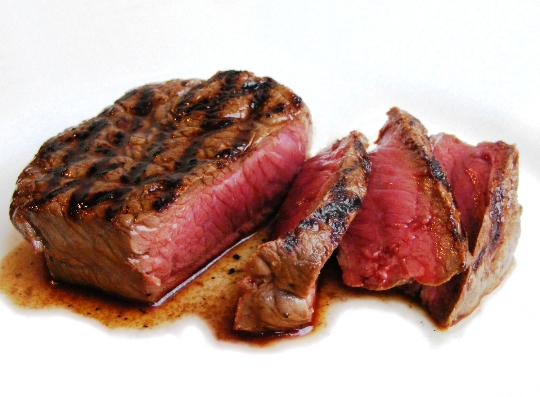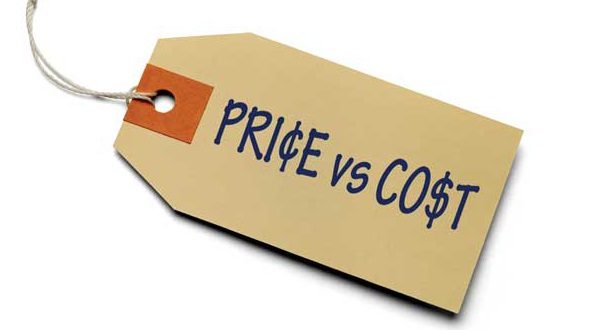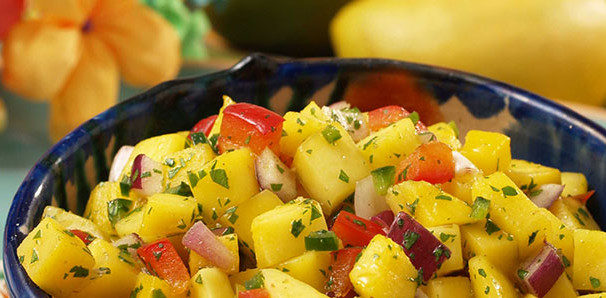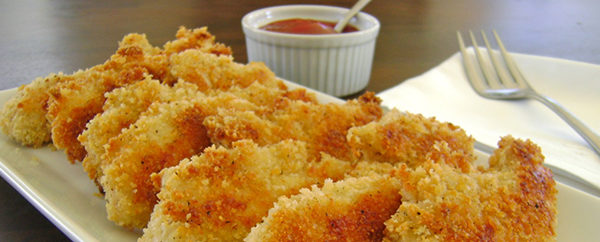The New Superfood Flaxseed
Say hello to the new superfood Flaxseed. Flaxseed can be added to many different foods as a health supplement without changing the taste of the dish. Restaurants are picking up this trendy nutritional addition to their favorite foods and Flaxseed is a buzzword for health enthusiasts amongst others.
In addition to its name recognition, flaxseed has an impressively high amount of added health benefits. One of the most notable flaxseed benefits is its omega-3 fatty acids. Two tablespoons of these seeds fulfill more than the daily recommendation of omega-3 fatty acids.
Research cited in Men’s Health says that Flaxseed can reduce blood pressure, cholesterol, depression levels, chances of liver disease, and melanoma tumors linked to skin cancer.
The seeds are often added to smoothies, bagels, or yogurt or processed into oil and cooked with main dishes and will be in demand by your customers looking for a healthy boost to menu mainstays.
So it’s packed with health benefits and can be added to all different types of cuisines. With these two qualities, flaxseed is well on its way to becoming a restaurant must-have. Source1 Purchasing wants to ensure that operators will attract more customers and better their business by staying on top of current food trends. Using the Source1 Purchasing platform, restaurants can boast a menu that includes healthy dishes with the new superfood flaxseed.
What it is:
The nutty-flavored, fiber-rich seeds of the flax plant. Also called linseed or simply “flax.”
Why it matters:
The small flaxseed packs a punch of health benefits – two tablespoons supply more than a full day’s worth of recommended omega-3 fatty acids. Because of that, flax is emerging as another superfood, similar to chia seeds or whole grains. While whole flax stays fresh longer, grinding is recommended to aid proper digestion. Ready ground flax, or flaxmeal, is widely available in retail and can be added into breads or bagels to boost nutrition, or if mixed with liquid, can be used as a vegan-friendly egg substitute. Seeds are often blended into smoothies or fresh juices, toasted and sprinkled on top of oatmeal or yogurt, or baked into crispy crackers or whole wheat tortilla wraps. Flaxseed oil can be added to salads or other cold dishes, but due to its low smoke point, should not be heated.
| Protein Bar | Chicago, IL (HQ) BBQ BAR-RITO ($7.29) All-natural chicken, organic quinoa blend, cheddar, house-made agave BBQ sauce, super 6 salad mix wrapped in a whole-wheat flax tortilla.——————————————————————- Green Symphony | New York, NY ANYTIME BAR ($2.75) Oats, flaxseed, banana, raisins, apple, cinnamon, sea salt, and apple sauce.——————————————————————- Au Bon Pain | Boston, MA (HQ) HONEY 9 GRAIN BAGEL ($1.27) Fresh baked bagel with wheat bran, rye, oats, flaxseed, barley, granola, and honey. |
Brio Tuscan Grille | Columbus, OH (HQ) SHRIMPTINI ($3.95) Chilled shrimp served in a martini glass with classic cocktail sauce and flaxseed cracker. ——————————————————————- Kale Me Crazy | Atlanta, GA THE WARRIOR SMOOTHIE ($8.50) Maca powder, spirulina, goji berries, flax seeds, banana, spinach, hemp milk, vanilla extract, and agave. |







